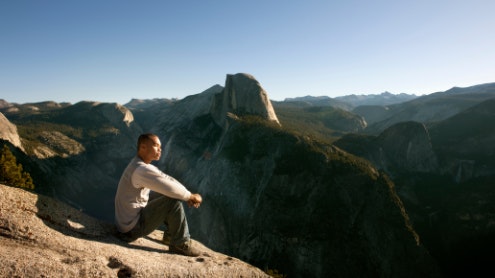Homepage
•
Learning Library
•
Blog
•
Bring the National Parks Into Your Classroom
Expand breadcrumbs
Expand breadcrumbs
- Learning Library
- Blog
- Bring the National Parks Into Your Classroom
- Homepage
- •
- Learning Library
- •
- Blog
- •
- Bring the National Parks Into Your Classroom
Bring the National Parks Into Your Classroom
By James Fester
April 12, 2022








